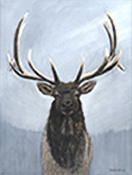
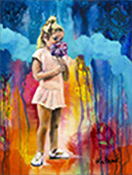
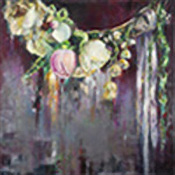
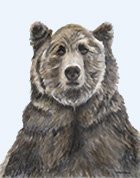
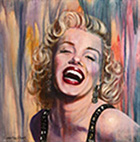
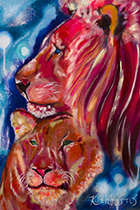
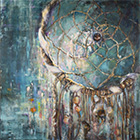
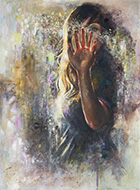
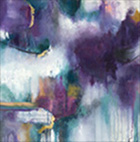
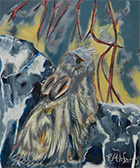
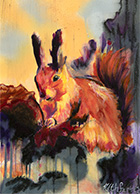
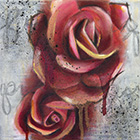
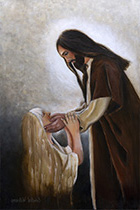


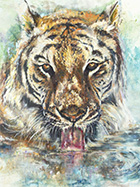
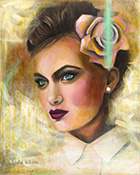
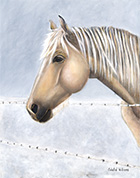
Why Make Prints?
Your art is the product of your gift. Okay, call it your talent if that suits you. Either way, the ability to represent the reality inside your head,  on canvas, is extraordinary. Every canvas you adorn with the subtleties of your vision is a tribute to your talent and your willingness to magnify and share it.
on canvas, is extraordinary. Every canvas you adorn with the subtleties of your vision is a tribute to your talent and your willingness to magnify and share it.
So why make prints? Why not simply produce originals, each of which sells for far more than a print? Anyway, don’t prints devalue the original? Isn’t print-making just commoditization? Isn’t valuing filthy lucre over my talent and art personally degrading?
Let me make two statements here:

Huh? What? I thought “profit” WAS money! Not so, Grasshopper…
Do you do, what you do, because someone once told you a lot of money could be made, doing what you do? Oh, okay, now you’re offended.  And rightfully so. You do what you do because it’s inside you and a part of you like breathing. You would do what you do regardless of the money.
And rightfully so. You do what you do because it’s inside you and a part of you like breathing. You would do what you do regardless of the money.
You'll find the answer to this seeming conundrum in the simplest and most basic of human emotions: joy. Why do people buy your art? Because it brings them joy. You trade the product of your talent, for money. The buyer’s reward for the expenditure is joy. It’s a perfectly fair trade. You are spreading the joy with every sale.  That’s not marketing hype. It’s real. The most extraordinary thing about your talent is the joy it brings. Is there money involved in the transaction that brings that joy? Yeah, so? Your real profit in the deal is the joy you find in providing joy for others. Not all profit is about money.
That’s not marketing hype. It’s real. The most extraordinary thing about your talent is the joy it brings. Is there money involved in the transaction that brings that joy? Yeah, so? Your real profit in the deal is the joy you find in providing joy for others. Not all profit is about money.
Okay, let’s shift gears for a moment. Let’s say you make $3,000 for an original work. The buyer takes delivery and proudly displays the canvas in a prominent location. People enjoy it, wherever it hangs. In the course of years, perhaps several hundred people might briefly enjoy it.
Others saw the original and would love to have acquired it but the price was outside their budget.  Oh well, you made some coin on the original and the buyer found lasting joy in the transaction. Others will simply lose out. Now, consider how prints allow those who either could not afford the original, or missed the opportunity, to also enjoy the product of your talent.
Oh well, you made some coin on the original and the buyer found lasting joy in the transaction. Others will simply lose out. Now, consider how prints allow those who either could not afford the original, or missed the opportunity, to also enjoy the product of your talent.
What’s the primary objective after the art itself? Spreading joy, right? Prints spread joy to more people. Period. Will you make money? The market will decide that one.  But from my experience, there are some profoundly gifted artists among us. Prints distribute your gift!
But from my experience, there are some profoundly gifted artists among us. Prints distribute your gift!
Do prints devalue the original? How? This is not currency inflation because you have not, in any way, recreated the original and presented it as the original. The original is still the original, maintaining its virtue. Artists don’t sell prints as originals, that would be fraud. There is only one original.  That’s why it’s called the original.
That’s why it’s called the original.
A visitor might ask about the art on the wall, “Is that the original?” The discovery of the art’s originality makes the experience all the more joyful. The existence of 1,000 sold prints is irrelevant to the value of the original. The fact that so many prints have sold is a testimony to the joy the art brings. And, no matter what you might say, the original is still the original and if you want the original, well, you’ll have to pay a price well above any of those thousand prints.
A case could be made that those thousand prints actually adds to the value of the original because the popularity of the prints brings more attention to the original. The original remains, the one and only, original.
 The fuel that powers your art is a selfless love for the work. Pure and simple. That love provides joy to those who purchase your art, original or print. I have a profound respect for your gifts and talents. Artists are, in my experience, generally very nice people, and their art is a parade of amazing. Let me help you spread the joy!
The fuel that powers your art is a selfless love for the work. Pure and simple. That love provides joy to those who purchase your art, original or print. I have a profound respect for your gifts and talents. Artists are, in my experience, generally very nice people, and their art is a parade of amazing. Let me help you spread the joy!
Note: Many thanks to the artists whose works we've been privilaged to photograph over the years, some of whose works are displayed on this site as thumbnails. These artists are: Celestial Williams, Jodee Huish, Ruth Farris, Casy Wakefield, Donna Morris, and Mary Kabanuk. Copyrights to these thumbnails belong to the respective artists.